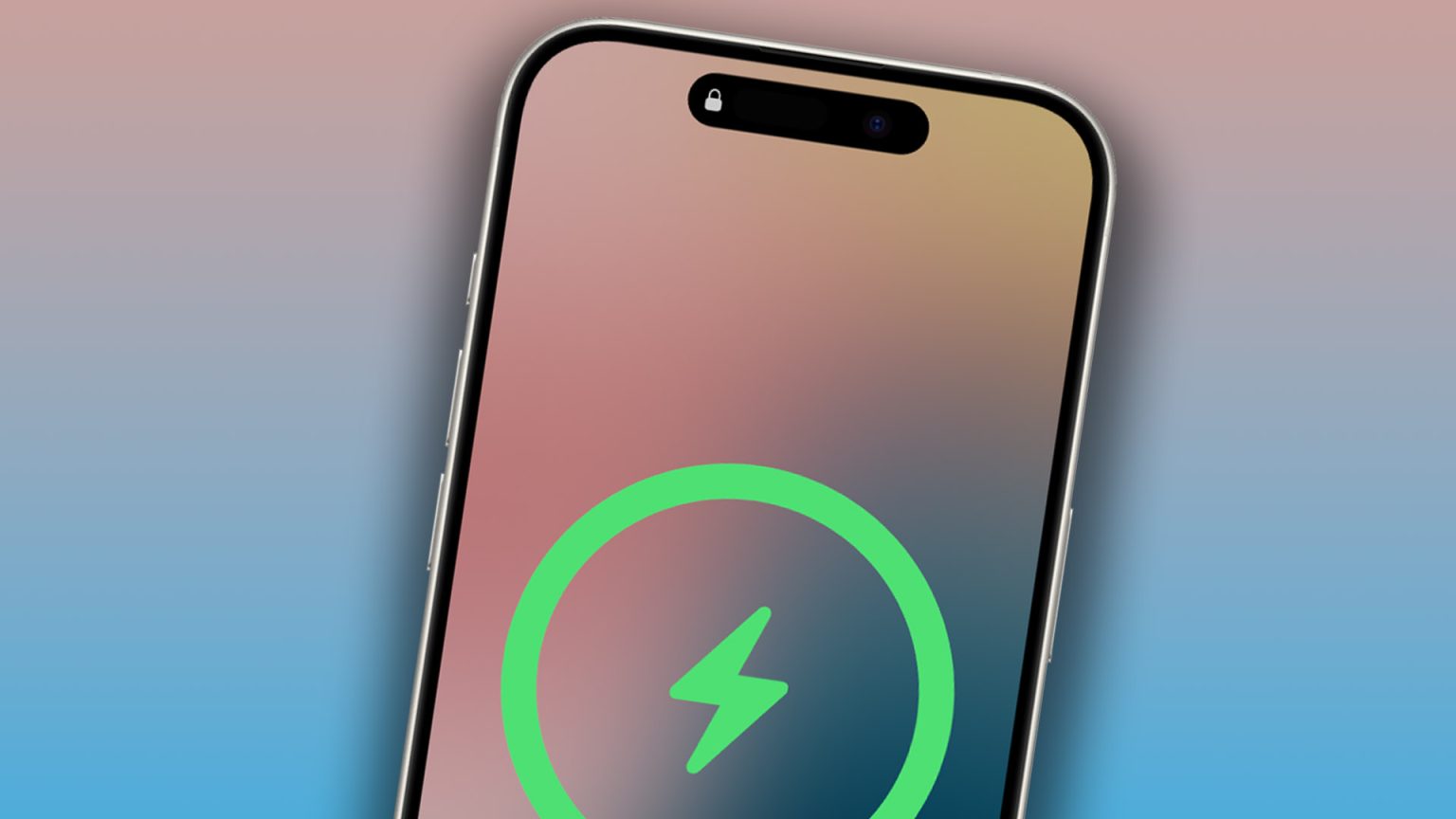Your iPhone’s battery, like those in most smartphones, is a lithium-ion powerhouse. These batteries are cost-effective, pack a considerable energy punch, and can endure numerous charge cycles before showing significant signs of wear. However, their longevity is contingent on proper care and usage within optimal temperature ranges. Apple advises operating your iPhone between 0°C and 35°C (32°F and 95°F). Exposing your device to extreme temperatures, either scorching heat or freezing cold, can severely impact its functionality and battery life. While cold temperatures can temporarily hinder performance and even cause shutdowns, heat is the true nemesis of battery health, potentially leading to irreversible damage.
High temperatures accelerate the degradation process within the battery, permanently reducing its capacity to hold a charge. This degradation is separate from the normal chemical aging that occurs with regular use. Apple estimates that a typical iPhone battery retains about 80% of its original capacity after 500 charge cycles, approximately two years of use. However, frequent exposure to excessive heat can drastically shorten this lifespan, leaving you with a significantly diminished battery much sooner. The consequences can range from more frequent charging to a noticeable drop in performance, ultimately pushing you towards a costly battery replacement or even a premature phone upgrade.
The perils of heat exposure extend beyond simply leaving your iPhone in direct sunlight or a hot car. Intensive tasks like GPS navigation or graphically demanding games can generate significant heat, especially in already warm environments. Combining these activities with high ambient temperatures creates a recipe for accelerated battery degradation. Apple explicitly warns against prolonged use of these features in hot conditions. When an iPhone overheats, it may exhibit several telltale signs, including slower charging or complete cessation of charging, dimmed or blacked-out display, weakened cellular signal, disabled camera flash, and reduced app performance, manifesting as lower frame rates or sluggish response times.
Your iPhone has built-in safeguards to protect itself from overheating. It may throttle performance, dim the screen, or even shut down completely to regulate its temperature. If your iPhone displays a temperature warning indicating that it needs to cool down, immediate action is crucial. Power down the device and move it to a significantly cooler location. Do not attempt to use it for anything other than emergency calls until it returns to a normal operating temperature. Ignoring this warning and continuing to use the device can exacerbate the damage, leading to further battery degradation and potentially other hardware issues.
The detrimental effects of heat on batteries stem from the chemical reactions and physical changes that occur within the battery’s internal structure. Batteries contain fluids that facilitate these chemical reactions. When exposed to high temperatures, these fluids can evaporate, disrupting the battery’s delicate internal balance. Heat can also damage crucial components like the voltage indicator, potentially leading to overcharging and a loss of electrolytes, further contributing to reduced battery life. The accelerated chemical reactions caused by heat further exacerbate the degradation process, shortening the battery’s overall lifespan.
Protecting your iPhone’s battery from heat damage requires proactive measures. Never leave your device in a parked car, especially on hot days, as temperatures inside can quickly exceed the safe operating range. Avoid prolonged exposure to direct sunlight, even in cooler weather. When using your iPhone in hot environments, be mindful of computationally intensive tasks like GPS navigation and gaming. These activities generate heat, which, combined with high ambient temperatures, can accelerate battery degradation. Opt for lighter usage in such situations or take breaks to allow the device to cool down. By adopting these precautions, you can significantly prolong the life of your iPhone’s battery, saving yourself from the inconvenience and expense of premature replacements.











